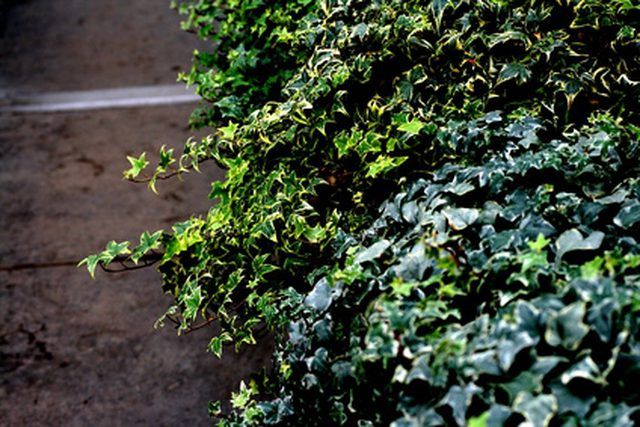Bulbs
Flower Basics
Flower Beds & Specialty Gardens
Flower Garden
Garden Furniture
Garden Gnomes
Garden Seeds
Garden Sheds
Garden Statues
Garden Tools & Supplies
Gardening Basics
Green & Organic
Groundcovers & Vines
Growing Annuals
Growing Basil
Growing Beans
Growing Berries
Growing Blueberries
Growing Cactus
Growing Corn
Growing Cotton
Growing Edibles
Growing Flowers
Growing Garlic
Growing Grapes
Growing Grass
Growing Herbs
Growing Jasmine
Growing Mint
Growing Mushrooms
Orchids
Growing Peanuts
Growing Perennials
Growing Plants
Growing Rosemary
Growing Roses
Growing Strawberries
Growing Sunflowers
Growing Thyme
Growing Tomatoes
Growing Tulips
Growing Vegetables
Herb Basics
Herb Garden
Indoor Growing
Landscaping Basics
Landscaping Patios
Landscaping Plants
Landscaping Shrubs
Landscaping Trees
Landscaping Walks & Pathways
Lawn Basics
Lawn Maintenance
Lawn Mowers
Lawn Ornaments
Lawn Planting
Lawn Tools
Outdoor Growing
Overall Landscape Planning
Pests, Weeds & Problems
Plant Basics
Rock Garden
Rose Garden
Shrubs
Soil
Specialty Gardens
Trees
Vegetable Garden
Yard Maintenance
How Much Light Does English Ivy Require?
How Much Light Does English Ivy Require?. English ivy, also known as as Hedera helix , is a commonly used ivy in the United States. Used as ground cover for landscaping and as a decorative houseplant, this perennial climbing vine is quite hardy and tolerant of a variety of environmental and lighting conditions.

English ivy, also known as as Hedera helix , is a commonly used ivy in the United States. Used as ground cover for landscaping and as a decorative houseplant, this perennial climbing vine is quite hardy and tolerant of a variety of environmental and lighting conditions.
Light Requirements
English Ivy will flourish in shaded areas where the foliage won't get burned. The planting site should be partially to fully shaded for best results, according to the University of Florida. English Ivy is native to lightly wooded areas, so filtered or partial sun exposure are ideal conditions.
Outdoor Plants
Potted ivy is popular for landscape design and convenient for movement. Growing ivy in pots and containers allows flexibility in terms of placement for the right amount of light, but direct sunlight should be avoided. If ivy is placed in direct sunlight, the plant and leaves may become pale and dry.
Indoor Plants
Indoor plants grow best in medium to bright light. English Ivy should be exposed to natural sunlight or lighting from electric and fluorescent lamps for at least 10 hours daily. It is important for the plants to get enough light, but indoor ivy plants should avoid direct sunlight from windows to avoid loss of moisture and damage to foliage.